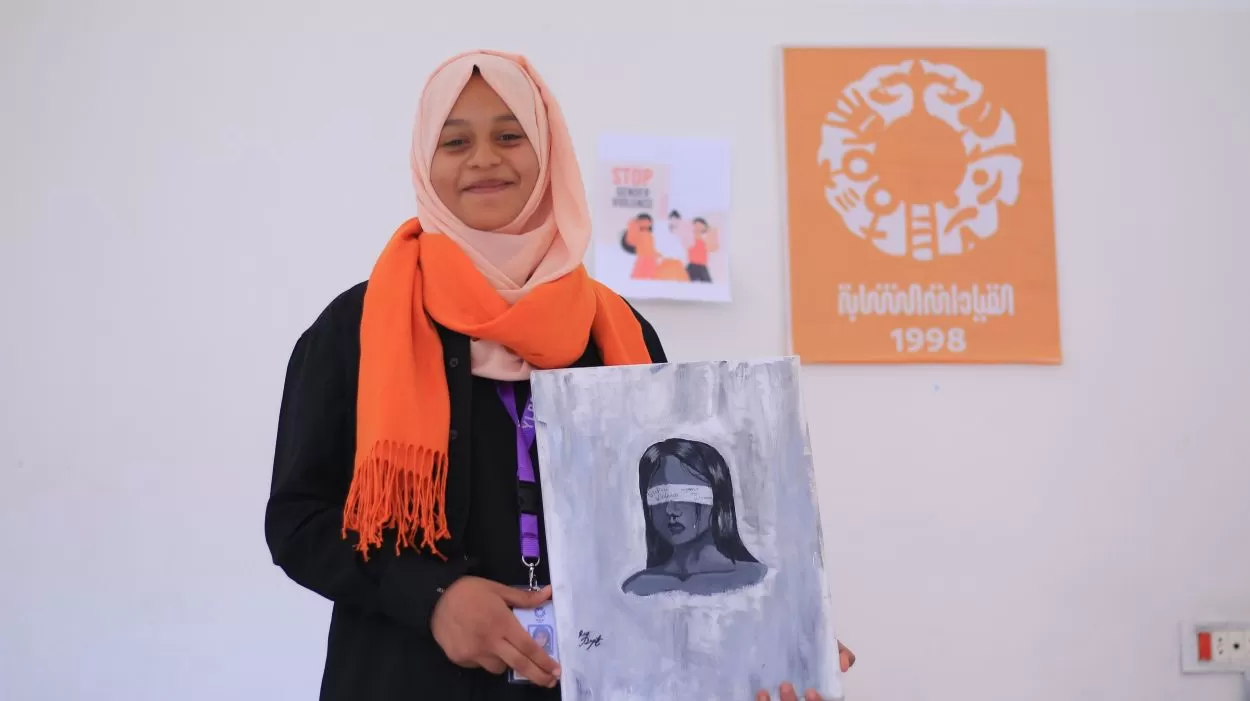16 Days against Violence against Women
The 16-day campaign to combat violence against women, which starts from the twenty-fifth of November until the tenth of December, is one of the most important and powerful awareness campaigns around the world. The Young Leadership Development Foundation is one of the institutions that revives this campaign annually with various events and activities in multiple governorates
This year's campaign included two main axes: awareness and realistic participation through social media. In fact, an event was held on November 26, in cooperation with high school graduates from the twenty-one Young Leaders Preparation Program students. The students were divided into three groups: "Theatre, Debate and Popular Proverbs". The theater team presented three presentations on social, occupational and family violence. When these presentations were presented with malpractices, their colleagues from the audience noticed and put forward their suggestions for the correct practices that must be taken when exposed to one of these situations or when exposed to Any type of gender-based violence
As for the proverbs team, it presented the most popular popular proverbs, which include abuse against women or incitement to violence against them. This is called consolidating the stereotyped mental image of women, their roles and how to deal with them in popular culture
Last but not least, the debate team debated on the thesis “Child Marriage between Support and Opposition.” Each team discussed a set of arguments and evidence supporting its position
It is worth noting that all the paragraphs were prepared by members of the YLP21 and under the relative supervision of a team from the institution, where the importance and objectives of the 16-day campaign were explained to male and female students and left room for creativity and diversity and spreading awareness among their colleagues and their families. Including them in expressing rejection of gender-based violence
In the second track of the campaign, many publications, photos and videos were published on the Foundation's social media platforms, and the way these materials were presented varied according to the type of platform and the target audience
In conclusion, we can say that the campaign has achieved 80% of its goals for which it was launched, which is a satisfactory percentage despite all the obstacles that it faced along the way




